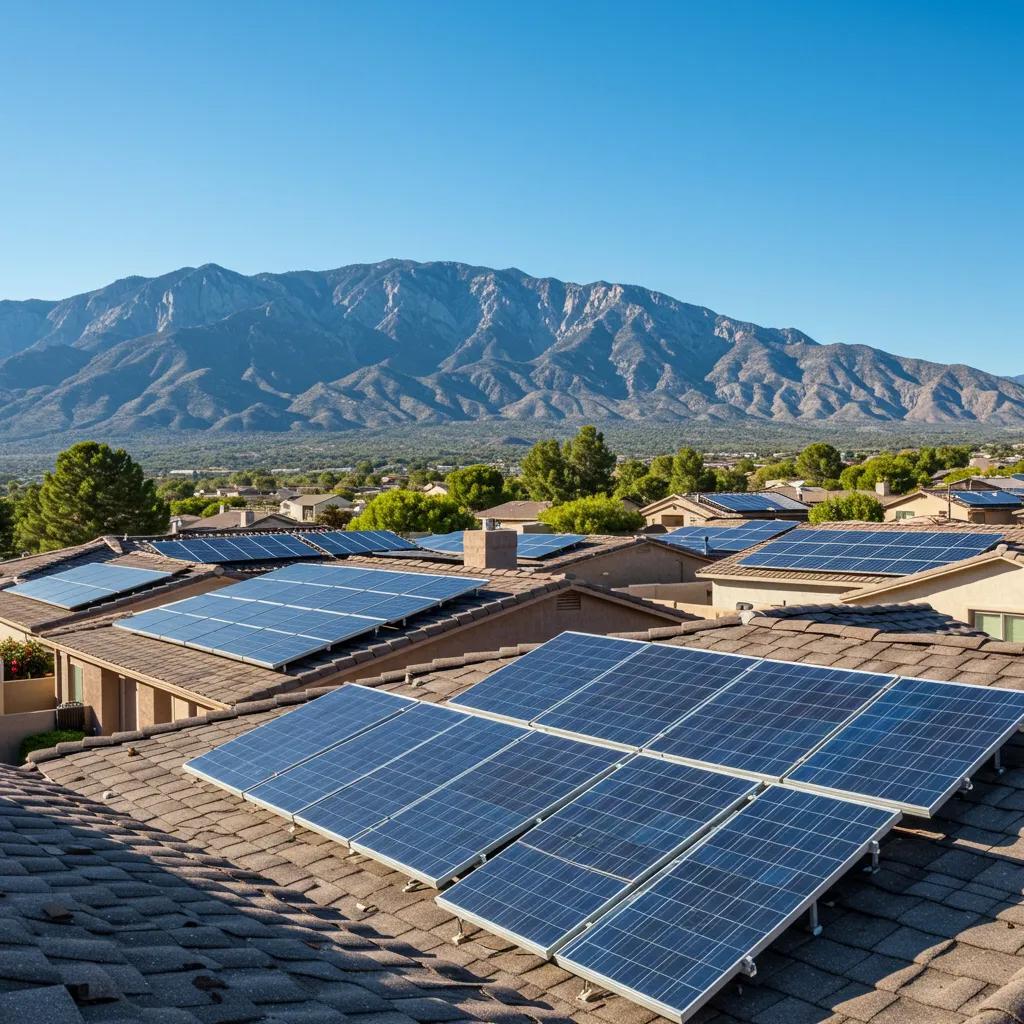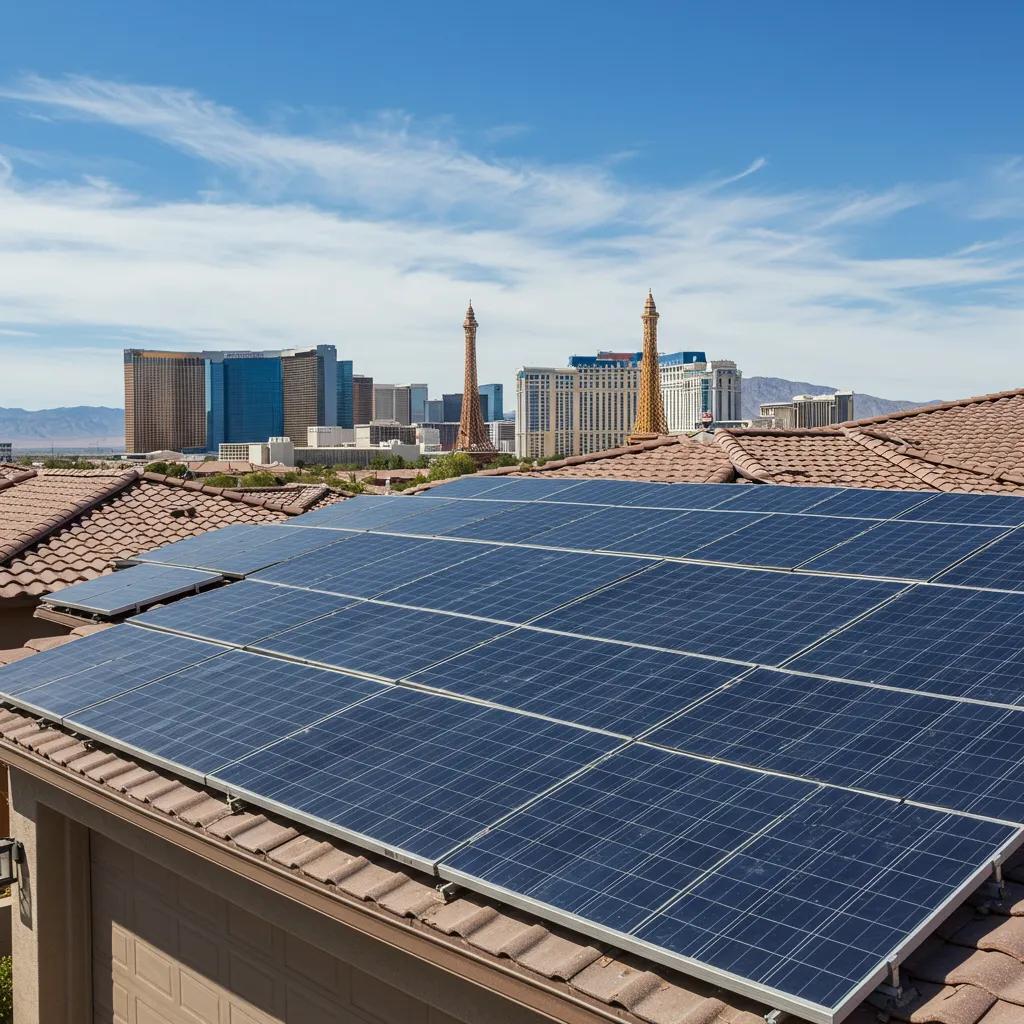Solar panels, often seen atop rooftops or in expansive solar farms, are the workhorses of renewable energy generation. But have you ever wondered what makes up these remarkable devices? In this article, we will delve into the essential components of a solar panel, often referred to as photovoltaic (PV) modules, that work together to harness the sun’s energy and convert it into electricity.
Solar Cells
At the heart of a solar panel are the solar cells, also known as photovoltaic cells. These cells are responsible for the magic of converting sunlight into electricity. Solar cells are typically made of semiconductor materials, most commonly crystalline silicon. When sunlight strikes these cells, it excites electrons, generating a flow of electrical current. This phenomenon, known as the photovoltaic effect, forms the foundation of solar energy generation.
Glass Front Cover
The outermost layer of a solar panel is a protective glass cover. This layer serves multiple purposes:
It shields the sensitive solar cells from external elements like dust, rain, and debris.
It must be transparent to allow sunlight to reach the solar cells while minimizing reflection or absorption.
It helps protect the internal components from temperature fluctuations.
Anti-Reflective Coating
Beneath the glass cover, some solar panels include an anti-reflective coating. This coating reduces the amount of sunlight that is reflected away from the panel, allowing more light to be absorbed by the solar cells. This simple yet effective feature boosts the panel’s overall efficiency.
Solar Cell Array
Beneath the glass and anti-reflective coating, you’ll find an array of interconnected solar cells. These cells are usually organized in a grid-like pattern and connected in series or parallel circuits, depending on the panel’s design. This array configuration ensures that the generated electricity flows smoothly to the next component.
Back Sheet
On the rear side of the solar cell array, there is typically a back sheet made of a durable, moisture-resistant material. This layer serves to protect the panel’s internal components from environmental factors, such as humidity and temperature variations. It also provides electrical insulation.
Frame
The solar panel is encased within a sturdy frame, often made of aluminum. This frame provides structural support and rigidity to the panel, making it easier to handle and install. The frame also includes mounting holes or brackets for securing the panel to a mounting structure, such as a rooftop or ground-based racking system.
Junction Box
Located on the back of the panel, the junction box is a crucial component. It houses electrical connections and wiring that collect the electricity generated by the solar cells. In addition, the junction box typically contains diodes to prevent reverse current flow, ensuring that the panel operates efficiently and safely.
In conclusion, Solar panels, or photovoltaic modules, are marvels of engineering that consist of multiple components working in harmony to convert sunlight into usable electricity. The combination of solar cells, glass cover, anti-reflective coating, solar cell array, back sheet, frame, and junction box transforms a seemingly ordinary panel into a powerful source of clean and renewable energy. Understanding the components of a solar panel helps us appreciate the technology behind this sustainable energy source that continues to shape the future of power generation.



